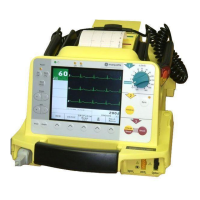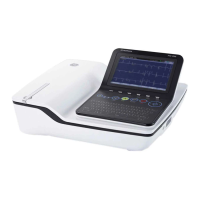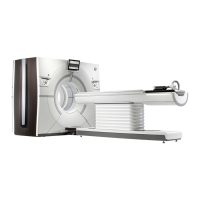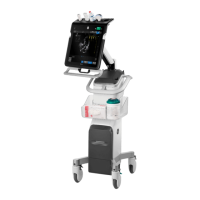SECTION 3: Troubleshooting
2025653-048 Revision B Responder
™
2000 Page 20
Repair Tools and Equipment
The following tools are needed to perform the procedures in this section.
• TR15 Safety Torx
• TR25 Safety Torx
• Serial cable for software upgrades (with Windows 2000 or XP PC)
• Software upgrade kit
Troubleshooting Guide
General Troubleshooting
Before performing any troubleshooting, check the following:
Ensure all external cables and connections are tight and undamaged.
• If possible, ensure the unit is plugged in to a receptacle with appropriate voltage available (see SECTION 8:
Specifications and Safety for voltage requirements). If no receptacle is available, use a known good, charged
battery to perform any tests.
• Visually inspect the unit for any obvious external damage, including cracks in the display, case, or connectors.
• Ensure all connector pins and sockets are clean, free of debris, and intact.
• Discuss the issues with the operator:
o Have the operator explain and demonstrate the problem.
o Ask about any previous repairs or problems.
o Has the unit been stressed (including extreme heat/cold, submersion, falls, etc.)?
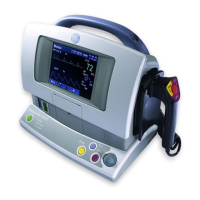
